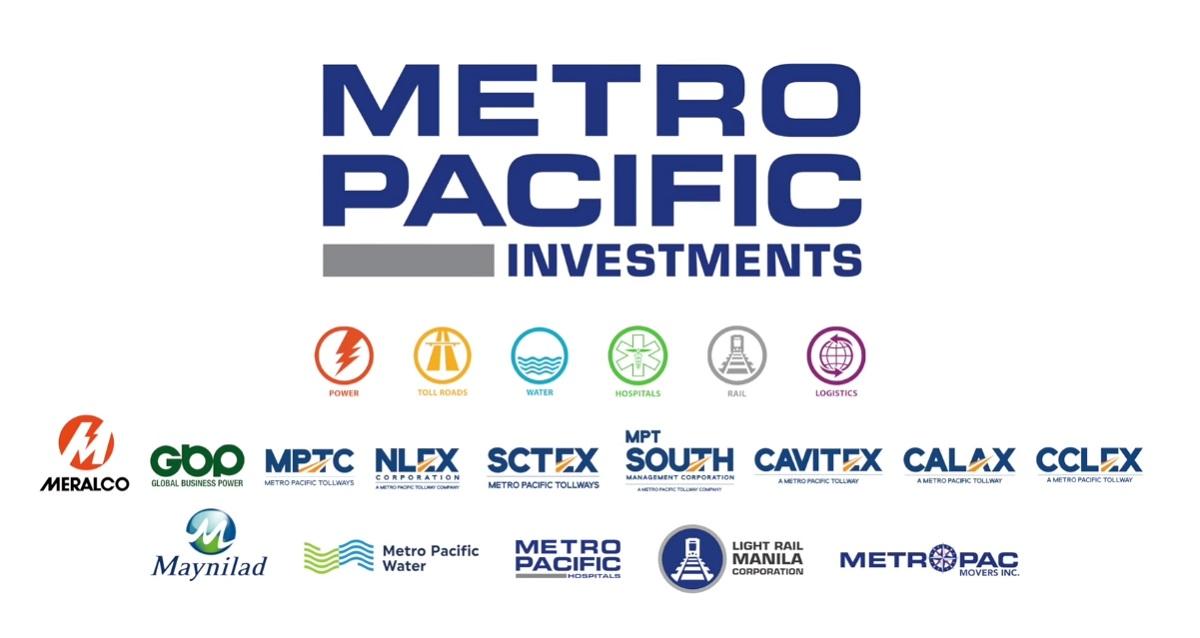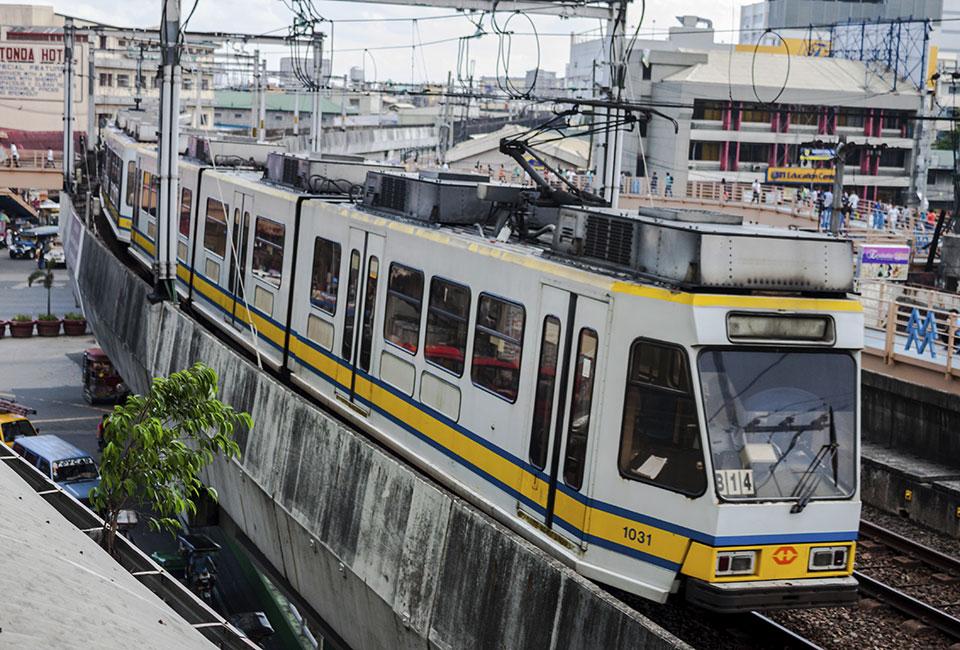Metro Pacific Investments Corp. (MPIC), led by business tycoon Manuel V. Pangilinan, is eyeing a possible exit from the Light Rail Transit Line 1 (LRT-1) after the company continued to post financial losses despite improvements in ridership and revenue.
Pangilinan confirmed that MPIC is seriously studying the sale of its 35.8 percent stake in Light Rail Manila Corp. (LRMC), the private operator of LRT-1. “We’re still losing on LRT-1,” he said in an interview with reporters. “Ridership went down during COVID and has not fully recovered. We continue to lose money, so we’re considering selling it, getting out of the light rail business.”

The statement comes as LRMC struggles to recover from pandemic-related setbacks. Although passenger volume and ticket revenues have climbed, operational costs and amortization expenses remain heavy. In the first half of 2025, LRMC recorded ₱1.9 billion in revenue — a 36 percent jump year-on-year, with around 390,000 passengers riding daily. However, despite a 22 percent fare increase and the partial opening of the Cavite Extension, the rail operator still booked a ₱510 million loss, largely due to high amortization and the end of capitalized borrowing costs.
LRT-1, which operates under a 32-year public-private partnership concession awarded in 2014, is owned by a consortium of companies. MPIC and Ayala Corp. each hold roughly 35 percent, while Japan’s Sumitomo Corporation owns around 20 percent and Macquarie Group controls about 10 percent. The concession covers the original LRT-1 line from Roosevelt in Quezon City to Baclaran in Pasay City, plus an 11.7-kilometer extension to Bacoor, Cavite, portions of which opened earlier this year.

Pangilinan clarified that discussions remain preliminary and no final decision has been made. “We’re just talking about it. People are complaining that we are losing money, so that is why we need to look at our options,” he explained.
The possible divestment follows years of financial strain for LRMC and reflects the broader challenges faced by private operators of public transport systems in the Philippines. The light rail sector continues to grapple with high maintenance costs, delayed fare adjustments, and ridership levels that have yet to return to pre-pandemic norms.
Industry observers note that should MPIC proceed with the sale, it could prompt other investors to reexamine the viability of large-scale rail concessions under the current economic climate. Analysts are also watching how the potential move might affect future fare structures, service quality, and the government’s role in sustaining mass transit projects.

Beyond LRT-1, MPIC remains invested in several major infrastructure businesses, including water utility Maynilad, power distributor Meralco, tollways, hospitals, and agricultural ventures. The decision on whether to exit the light rail business, Pangilinan said, will depend on how soon the sector can regain financial stability and whether new investors see long-term value in the transport network.
For now, LRT-1 continues its daily operations while the company evaluates its next steps — a process that could reshape not just MPIC’s transport portfolio but also the future of public rail service in Metro Manila.







